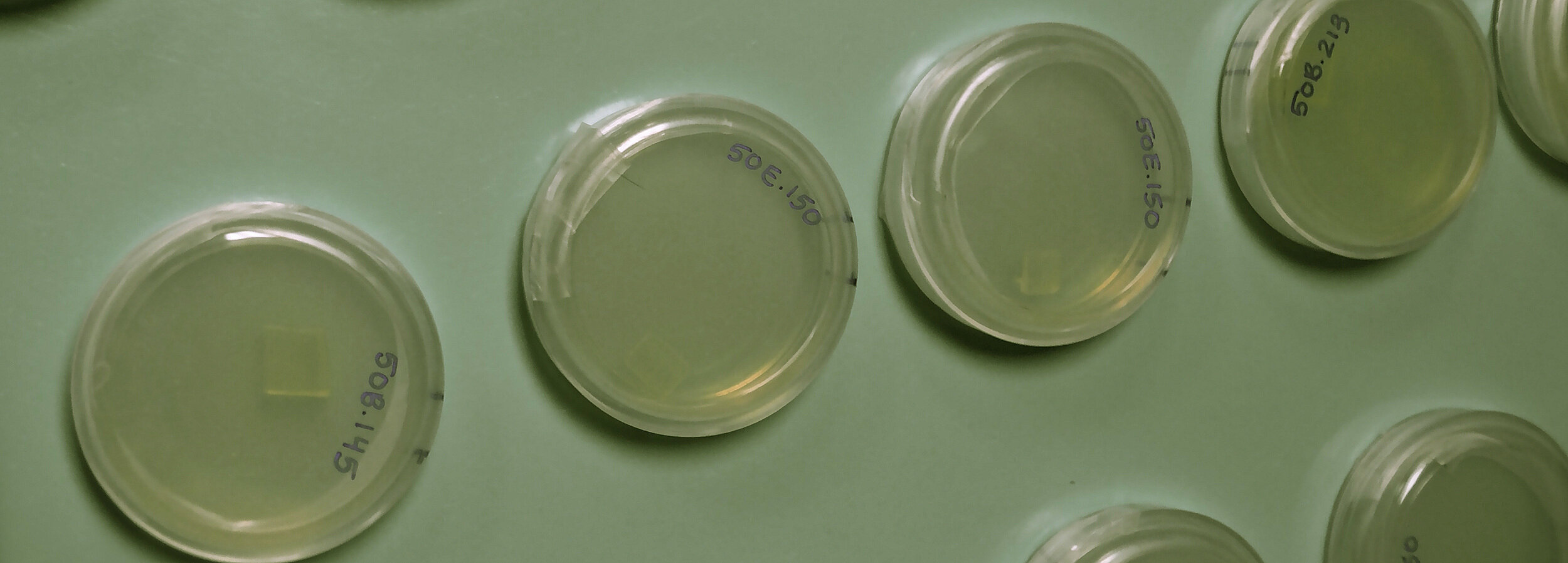
RESEARCH
Mutation in Evolution
Experimental investigations into the rate, spectrum and fitness effects of spontaneous mutations are central to the study of evolution and biology, with implications for the adaptive potential of natural populations as well as human health including disease susceptibility and inherited genetic disorders. Our research team combines the power of experimental evolution, high-throughput genomics and phenotypic assays to address fundamental questions in biology and evolution regards the rate, spectrum and fitness effects of spontaneous mutations. We study different mutational classes (gene duplications and deletions comprising copy-number changes, base substitutions and small indels) at both the mitochondrial and nuclear level, via experimental evolution approaches with the model nematode, Caenorhabditis elegans. Our roadmap for future research will explore the consequences of mutations for gene expression and function, with important implications for evolutionary theory, biological conservation and human/veterinary health.
RECENT AND CURRENT PROJECTS
Molecular, genome-wide consequences of spontaneous mutations
The fate of mutations and their consequences for population fitness depend upon their selection coefficients (s) and the effective population size (Ne). Given that we are ultimately interested in the fitness impacts of spontaneous mutations and their biological implications at the population-level, our research group over the past 13 years completed the first intensive genomic analysis of a long-term spontaneous MA experiment at differing Ne for any species (N =1, 10 and 100 individuals). Partnering this experimental evolution approach in C. elegans with high-throughput genome sequencing, we have provided one of the most comprehensive views of the spontaneous mutation process to date for a species with respect to rates and spectra, encompassing (i) all major classes of mutations, (ii) in both the mtDNA and nuclear genomes, and (iii) an ability to assess the interaction between mutation and selection in the origin of genetic variation.